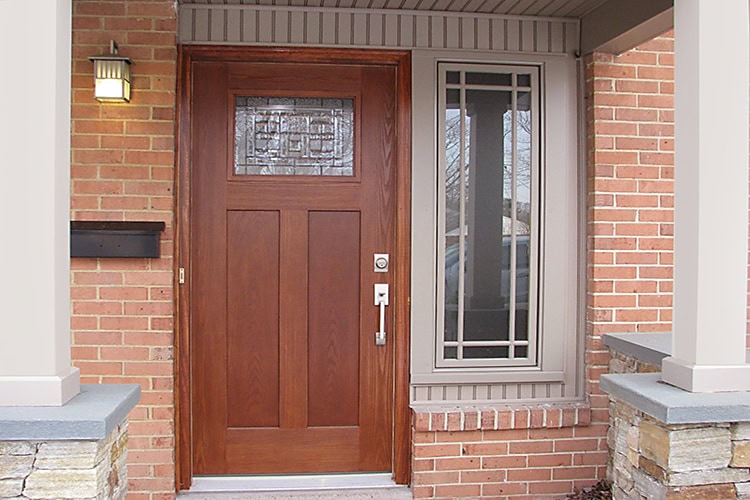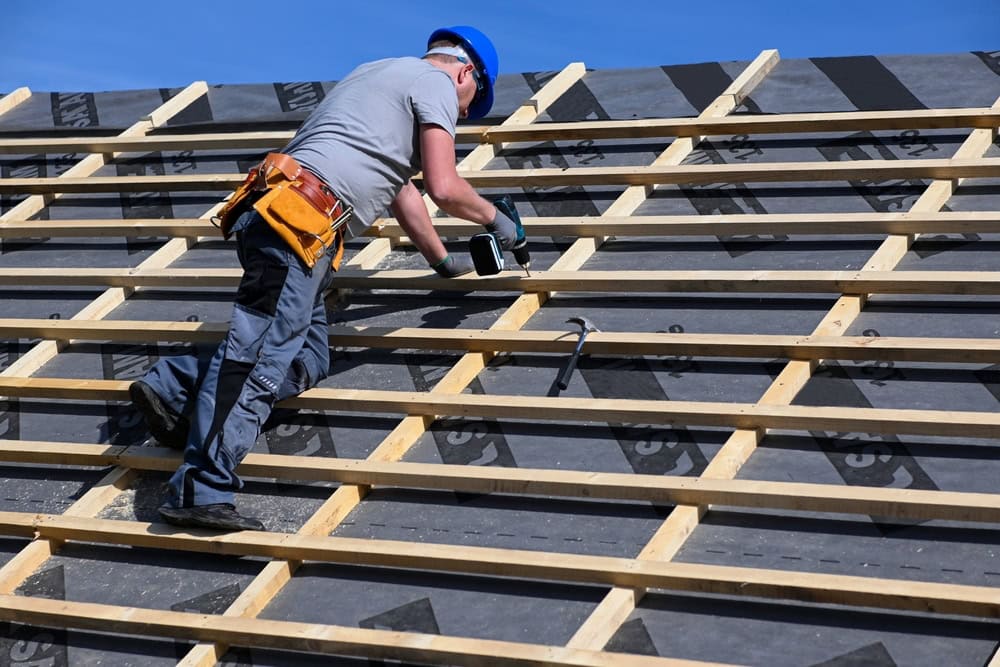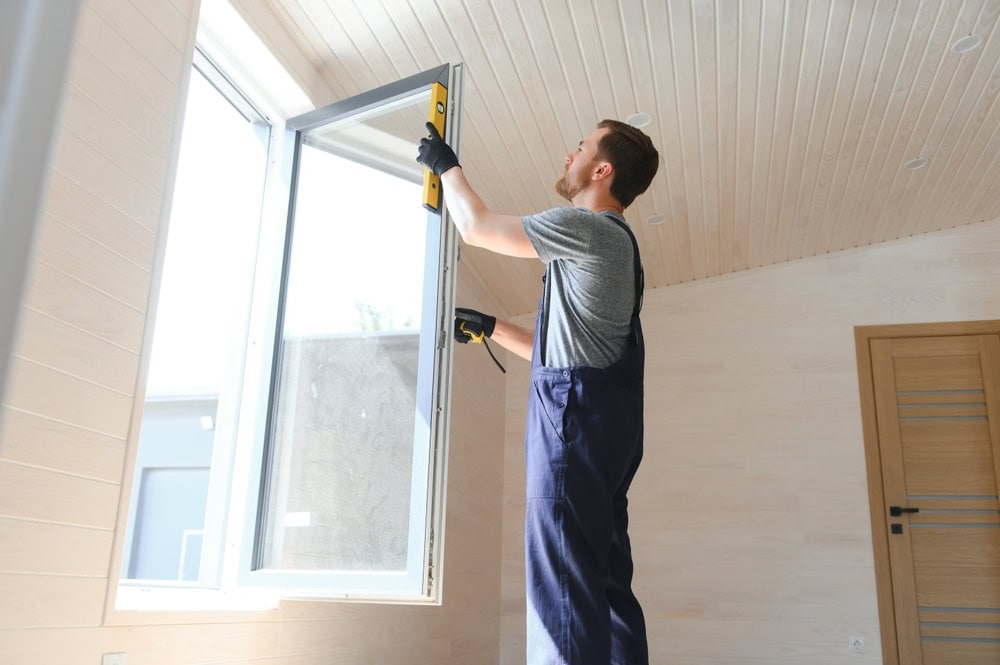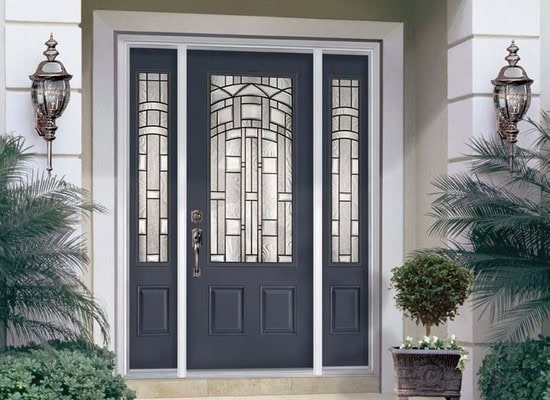Summary:
When Multiple Systems Fail Together
Your home’s exterior components work as an integrated system, and when one fails, it often triggers problems throughout the entire envelope. Failing siding allows moisture infiltration that damages window frames, while compromised roofing leads to soffit deterioration that affects your home’s ventilation system. These cascading failures create a situation where individual repairs become futile because the underlying moisture and structural problems continue to spread. New Castle County’s climate compounds these issues through freeze-thaw cycles that expand small cracks into major breaches. When you’re scheduling multiple repair appointments each season, spending over $3,000 annually on exterior maintenance, or notice that repairs only last 12-18 months before problems return, your home is telling you that its exterior envelope needs complete renewal. A coordinated remodel addresses all compromised systems simultaneously, using moisture barriers, proper flashing details, and compatible materials that work together to create a weatherproof shell that protects your investment for decades.
Siding That's Beyond Saving
Vinyl siding showing widespread chalking, color fading, or warping indicates UV degradation that has compromised the material’s structural integrity. When you can press against siding panels and feel them flex or bow, the backing insulation has likely absorbed moisture and lost its insulating properties. Fiber cement siding with multiple paint failures, exposed cement substrate, or horizontal crack patterns signals that moisture has penetrated the material’s core. These conditions reduce your home’s insulation value by 30-40%, forcing your HVAC system to work harder and increasing energy costs by $400-$600 annually.
Windows Operating Past Their Prime
Single-pane windows or older double-pane units with broken seals create condensation between glass layers that obscures your view and indicates failed insulation. Windows that require force to open or won’t stay closed compromise your home’s security and energy efficiency. Original windows from the 1980s or earlier typically have U-values of 0.5 or higher, while modern triple-pane units achieve U-values of 0.2, reducing heat loss by 60% and lowering heating costs by $200-$350 annually per window replaced.
Roofing and Water Management Failures
Your roof system includes more than just shingles—it encompasses underlayment, flashing, ventilation, and drainage components that must function as a unified water management system. Asphalt shingles showing granule loss, curling edges, or exposed mat indicate they’ve reached 80-90% of their useful life and will begin failing rapidly. Missing or damaged flashing around chimneys, dormers, and roof-to-wall intersections allows water infiltration that damages structural elements you cannot see. Gutters pulling away from fascia boards or showing rust-through damage cannot effectively channel water away from your foundation. In New Castle County, where annual precipitation averages 45 inches, inadequate water management causes foundation settlement, basement flooding, and wood rot that can cost $12,000-$25,000 to remediate. A complete roofing remodel includes synthetic underlayment that resists moisture for 50+ years, architectural shingles rated for 130+ mph winds, and seamless aluminum gutters with hidden hangers that maintain proper drainage slopes throughout their 25-year lifespan.
Deck Safety and Structural Concerns
Deck boards that feel spongy underfoot or show dark staining indicate moisture absorption that weakens structural capacity. Railing systems with loose connections or posts that move when pressure is applied fail current building codes and create liability risks. Pressure-treated lumber from before 2004 used arsenic-based preservatives that have leached out, leaving the wood vulnerable to decay and insect damage. Modern composite decking materials resist moisture absorption, require no annual staining, and carry 25-year warranties against fading and structural defects.
The Economics of Complete Renovation
A coordinated exterior remodel typically recovers 75-85% of its cost in increased property value, while also reducing annual maintenance expenses by $2,000-$3,500 through the elimination of recurring repair needs. Energy efficiency improvements can lower utility costs by 20-30%, saving $800-$1,200 annually in New Castle County’s climate. Most importantly, addressing all exterior systems simultaneously prevents the escalating damage that occurs when failing components compromise adjacent materials, potentially saving tens of thousands in structural repairs.
Making the Smart Investment Decision
Your home is likely your largest financial asset, and protecting that investment requires recognizing when repairs become counterproductive. Ceccola Exteriors brings 20+ years of experience to New Castle County homeowners, using premium materials like James Hardie fiber cement siding, Owens Corning Duration architectural shingles, and Pella triple-pane windows that deliver measurable performance improvements. Contact us today to schedule your detailed exterior assessment and discover how a coordinated remodel can transform your home’s performance, comfort, and value for decades to come.





